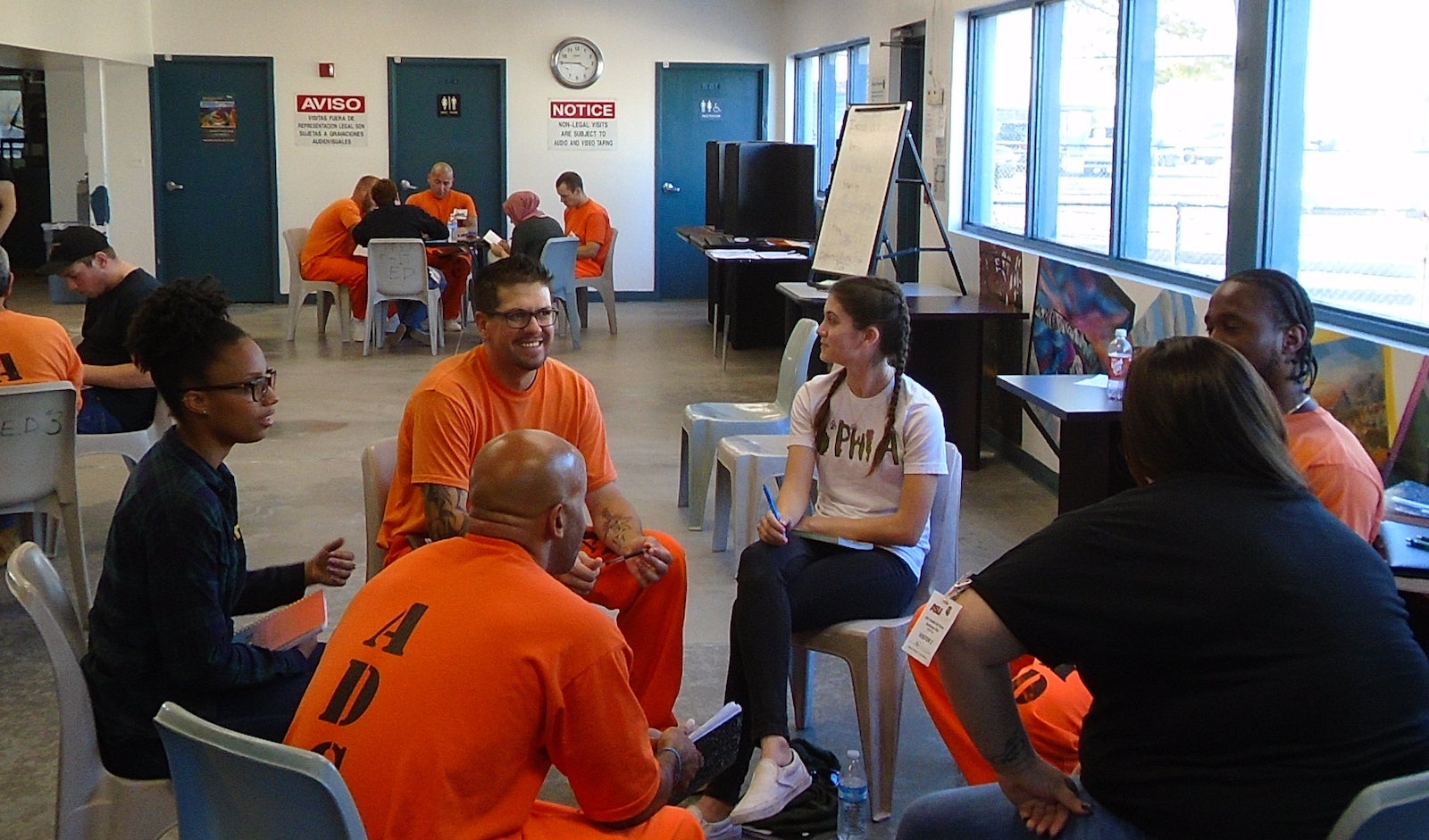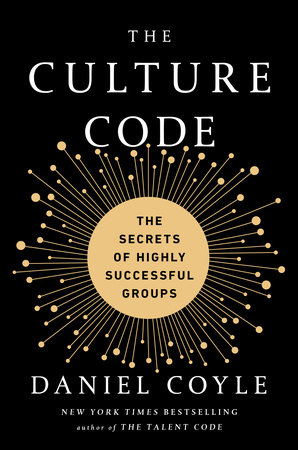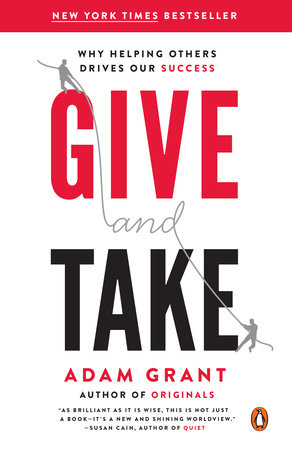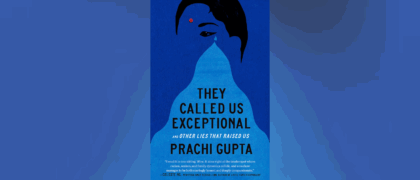This article was contributed by Kevin Wright, Associate Professor in the School of Criminology and Criminal Justice and Director of the Center for Correctional Solutions at Arizona State University.
“All students, incarcerated and civilian, deserve the chance to learn from one another’s experiences and to teach each other how to be more accepting.”
—Lyssi, outside student
This fall, Arizona State University will be using three Penguin Random House titles in its long-running Inside-Out Prison Exchange Program. The Inside-Out Prison Exchange Program brings incarcerated “inside” and nonincarcerated “outside” students together to learn about issues of crime and justice over a full semester. Inside-Out was founded by Lori Pompa at Temple University with the first class taking place in the Philadelphia Prison System in 1997. The program has since grown to include over 800 trained instructors from around the world reaching over 30,000 students. The fall 2018 ASU class is titled “Motivational Justice.” Motivational justice fosters autonomy, mastery, and purpose to create sustainable and fulfilling lifestyles for those who live and work in our correctional system. Students will read Drive, Give and Take, and The Culture Code and put the principles they learn into practice to design a project that improves our correctional system.
Transformative learning for ASU students…
Both ASU and incarcerated students have the same syllabus and academic requirements, and students learn about crime and justice together through collaboration and dialogue.
Curriculum includes the exploration of why people commit crime, the purpose of prisons, analysis of the criminal justice system, punishment and rehabilitation, victims and victimization, and the myths and realities of prison life.
…and the people inside
While ASU students—future correctional leaders—gain valuable insight that shapes their thinking, and inspires innovative approaches to criminal justice, that is only half of the equation.
A 2013 study found that incarcerated individuals who participated in the Inside-Out program showed increases in levels of self-efficacy upon program completion. The 91 incarcerated individuals that took part in the program had improved scores on ten statements such as “I can remain calm when facing difficulties because I can rely on my coping abilities” or “When I am confronted with a problem, I can usually find several solutions” as compared to their scores on these statements prior to enrolling in the program.1
“The non-judgmental acceptance and invaluable insight I received from the outside students was crucial to my growth as a man and as someone who will transition out of prison one day. The encouragement I received from hearing inside students’ testimonies and seeing their growth was inspiring to me. I can do anything I put my mind to. I don’t have to fail in school just because I did as a youth. I can make a real difference in this world.”
—Varrone, inside student
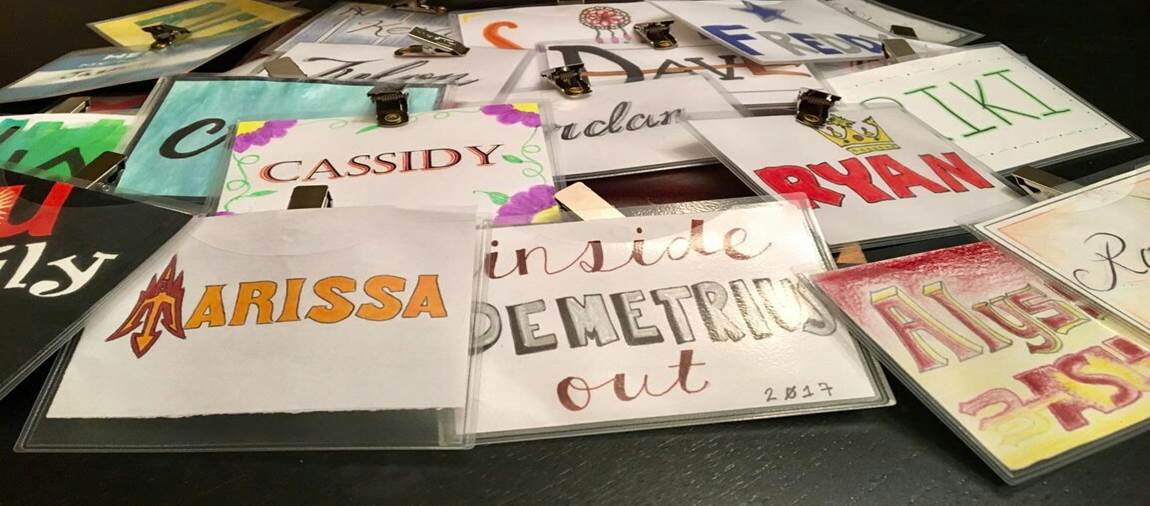
Inside-Out Student Nametags
To support ASU’s Inside-Out Prison Exchange Program, visit http://asufoundation.org/ASUinside-out
1 Allred, S.L., Harrison, L.D., & O’Connell, D.J. (2013). Self-efficacy: An important aspect of prison-based learning. The Prison Journal, 93, 211-233.

